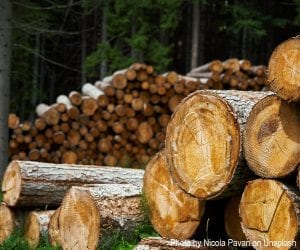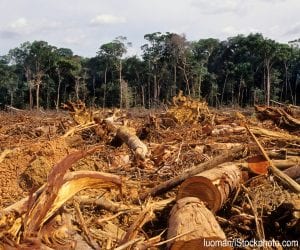America’s parks are considered one of our country’s national treasures so it’s a fitting tribute that the theme of this year’s Geography Awareness Week is “Explore the Power of Parks.” And parks are just that – powerful. Parks have the power to bring people together, connect us with nature, and offer peace and beauty for all who visit. But our park lands serve a more utilitarian task as well. Park’s power extends to their ability to serve as a carbon sink, help control the planet’s temperature, provide habitat to numerous species, and produce oxygen for all living things.
In the United States, 58 national parks are spread between 27 states. Over 191 million Americans are lucky enough to live in a state with at least one national park. But every last one of us benefit from the parks and can be grateful that 100 years ago President Woodrow Wilson created the U.S. National Park Service (NPS) with the purpose to “conserve the scenery and the natural and historic objects and the wild life therein and to provide for the enjoyment of the same.”
As population continues to increase, how will we ensure that wildlands stay wild? That parks remain protected? The NPS was also tasked with ensuring that as we all enjoy the parks, we do so “by such means as will leave them unimpaired for the enjoyment of future generations.” With the demand for more houses, more cropland, more roads, airports, cities and suburbs – will our parks stay unaffected?
This Geography Awareness Week, use the Population Ed lesson Earth: The Apple of Our Eye to help students visualize how the planet’s land is divided among the many demands put on it by humans. Additionally, visit www.WorldPopulationHistory.org to see how events, just like the creation of the NPS, are weaved into the history of population growth.




